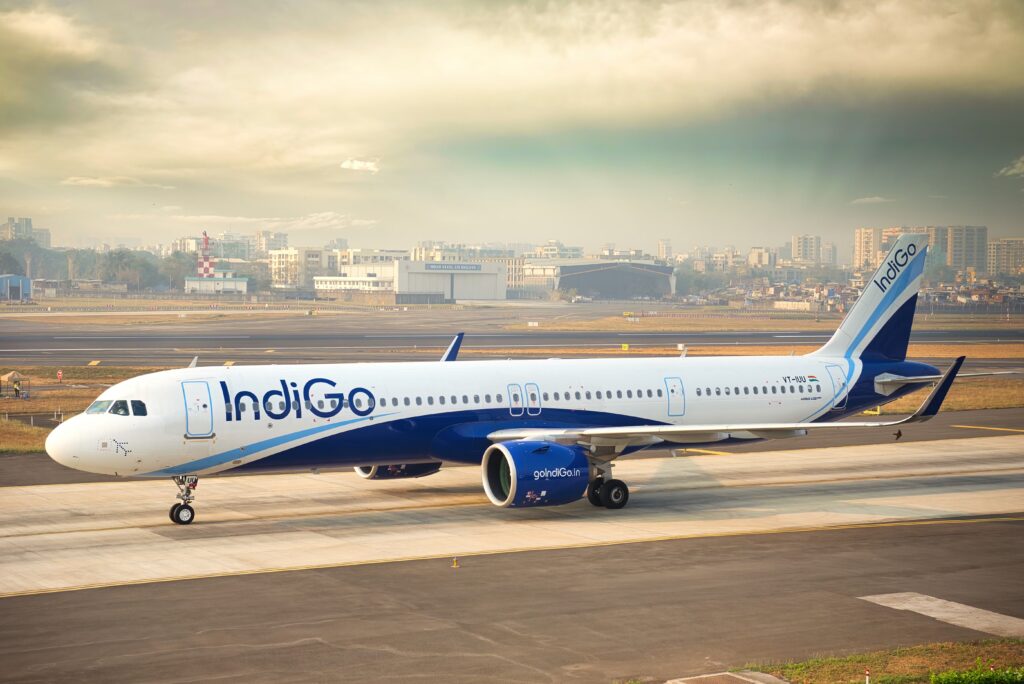India’s aviation sector has ascended to the third position globally in terms of passenger
traffic, driven by rapid expansion, improved connectivity, and significant infrastructure
investments, according to a new report by the International Air Transport Association
(IATA). Amitabh Khosla, IATA’s Country Director for India, Nepal and Bhutan, attributed this
growth to the strengthening of domestic carriers, increased airport development, and a
robust aviation ecosystem.
“In 2023, the industry contributed $53.6 billion to India’s
economy and supported 7.7 million jobs across the country,” he stated.
The report reveals that aviation now accounts for 1.5% of India’s Gross Domestic
Product (GDP), with employment generated both directly and indirectly. The tourism
sector, which heavily relies on air connectivity, added ₹2,710 crore to GDP. International
tourists contributed an additional $29.4 billion annually through spending on local goods
and services. Combined, travel and tourism comprised 6.5% of India’s GDP and 8.9%
of total employment in 2023.
In 2023, the Middle East was the most frequented international destination for Indian
travellers, recording 13.7 million passengers. This was followed by the Asia-Pacific
region and Europe.

To meet rising demand, Indian airlines significantly increased flight frequencies and
seating capacity. Scheduled flights rose by 77.7% in 2024, reaching around 1.3 million
departures. Domestic flights alone grew from 613,000 in 2014 to nearly 1.1 million in 2024. Indigo spearheaded this expansion, accounting for 53% of all departures within
and from India.
Passengers have benefited from heightened competition, with real airfares dropping by
25% in 2023 compared to 2011. India currently operates 116 commercial airports, with 96 offering direct connectivity. The country records 521 outbound international flights daily and has added 103 new international routes over the past five years. There are now 99 operational airlines in the
country.
In addition to passenger services, India has emerged as the sixth-largest air cargo
market globally, transporting 3.3 million tonnes of freight in 2023. By the end of 2024, international flight operations exceeded pre-pandemic levels by nearly 20%, while domestic flights were 8% higher than 2019 levels, indicating sustained growth and a strong outlook for the sector.



